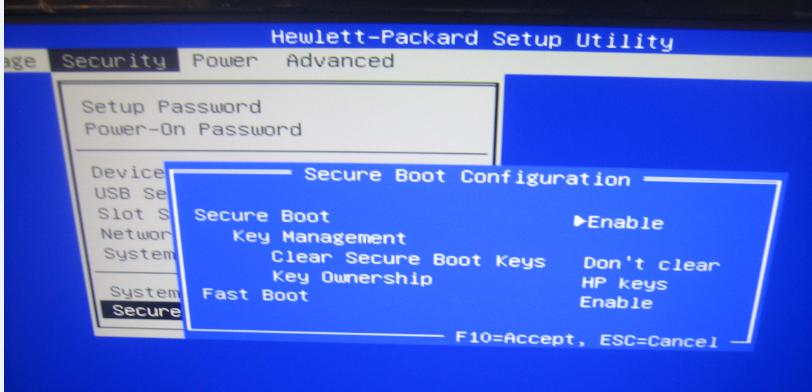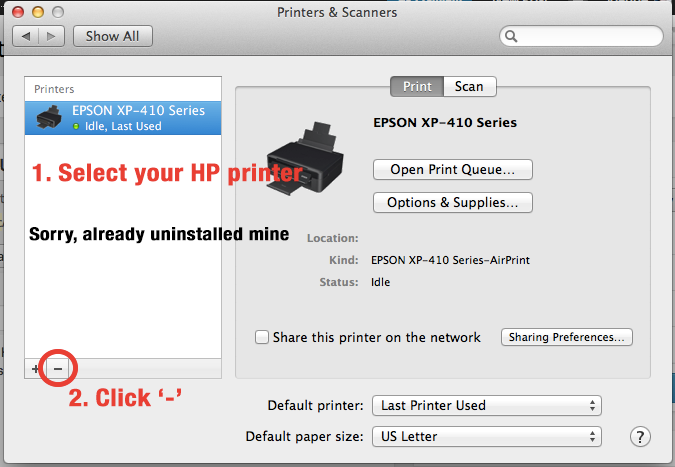

- INSTALL HP UTILITY INSTALL
- INSTALL HP UTILITY DRIVERS
- INSTALL HP UTILITY DRIVER
- INSTALL HP UTILITY WINDOWS 10
- INSTALL HP UTILITY SOFTWARE
intunewin file has successfully been created in C:\IntuneWinAppUtil\Output and is called Invoke-HPDriverUpdate.intunewin. New-IntuneWin32AppPackage -SourceFolder C:\IntuneWinAppUtil\Source\Drivers -SetupFile "Invoke-HPDriverUpdate.ps1" -OutputFolder C:\IntuneWinAppUtil\OutputĪs per the above screenshot, the packaged. Start by installing the module if you don’t already have it: In the instructions below, I’ll reference this module, but you can also download the IntuneWinAppUtil.exe packaging utility yourself from here.Įnsure you’ve prepared two separate files of the Invoke-HPDriverUpdate.ps1 script, where the $HPIAAction variable is defined differently in the scripts. I frequently use this to package and create Win32 apps. I’ve previously blogged about a PowerShell module called IntuneWin32App that I’ve written.

So, let’s start by packaging the script saved from GitHub above.įor this we have a few options.
INSTALL HP UTILITY DRIVER
Packaging the script as a Win32 app allows us to track the driver installation process initiated by HP Image Assistant and wait for it to complete before the end-user arrives at the desktop, but it’s especially important to track this process to support pre-provisioning (previously known as White Glove). The process for packaging scripts as a Win32 app is just the same as for any other application. This script file will ensure that the Win32 app is only executed on HP devices. $Manufacturer = (Get-WmiObject -Class "Win32_ComputerSystem" | Select-Object -ExpandProperty Manufacturer).Trim() Save the following PowerShell code as a file called Invoke-HPDriverUpdateRequirementRule.ps1: Prepare additional script filesįor the Win32 apps that we’re going to create, an additional script file is required as a Requirement Rule. I’ve on several occasions raised this inappropriate behavior with Microsoft, however nothing has been committed from their end to improve on this. If Intune Management Extension detects that the process it has initiated runs longer than this hard-coded value, it will stop monitoring it and deem that it failed. The script was amended this way due to the fact that Win32 apps in Intune are only allowed to execute for 60 min. More on how this works can be read further down in this blog post, when packaging and creating the Win32 apps. In the below screenshot, you can see that the script has been created as two separate Win32 apps, one for Download and one for Install:
INSTALL HP UTILITY INSTALL
With this change of the script and how it operates, it’s required for performing both Download and Install actions, specifically in that order, to create two Win32 apps and make use of dependencies. For this mode, it’s required that the script has already been executed in Download mode prior to execution. In this mode HPIA will attempt to install already downloaded and extracted driver and driver software.
INSTALL HP UTILITY SOFTWARE
In this mode HPIA will be used to only download the driver and driver software suitable for the model its currently running on.Since version 1.0.2, a new operational mode parameter named ‘HPIAAction’ was added to the script, that allows you to decide which of the actions below the script should perform: C:\IntuneWinAppUtil\Source\Drivers, as we’ll use it later when packaging this script as a Win32 app. Save it as Invoke-HPDriverUpdate.ps1 in e.g. Download the scriptĭownload the following script from our GitHub repository: This method can easily be a part of a regular User Driven provisioning but also fits perfect with White Glove provisioning flows with Autopilot.
INSTALL HP UTILITY DRIVERS
The idea here, using Bruce’s original idea, is to use the HPCMSL PowerShell module to download and run HP Image Assistant to download and apply the required drivers and driver software applicable for the current device that’s being provisioned. I’ve taken Bruce’s approach and expanded it into a fully fledged script version with extended logging and a single script file instead of multiple. But what if we could actually control this, using the tools available from HP? That’s what this blog post is going to cover.īefore we dig into how we can accomplish that, I want to shout out to Bruce Sa who originally came up with the idea behind the method that I’ll be sharing in this post. We’re currently in the hands of HP to provide the drivers injected into the image that’s shipped on the device.

INSTALL HP UTILITY WINDOWS 10
Managing drivers when provisioning Windows 10 device using Autopilot, there’s currently not any native built-in functionality in Microsoft Intune to ensure the device is provided to the end-user with the latest and greatest drivers available from the manufacturer, in this case HP.


 0 kommentar(er)
0 kommentar(er)
